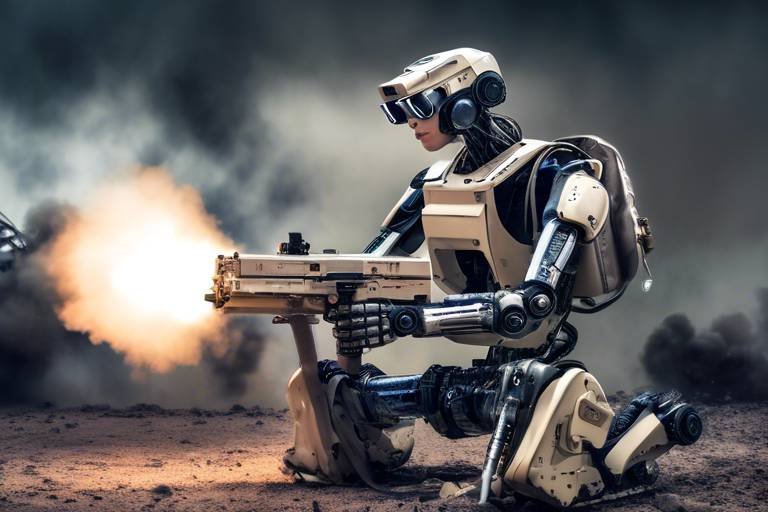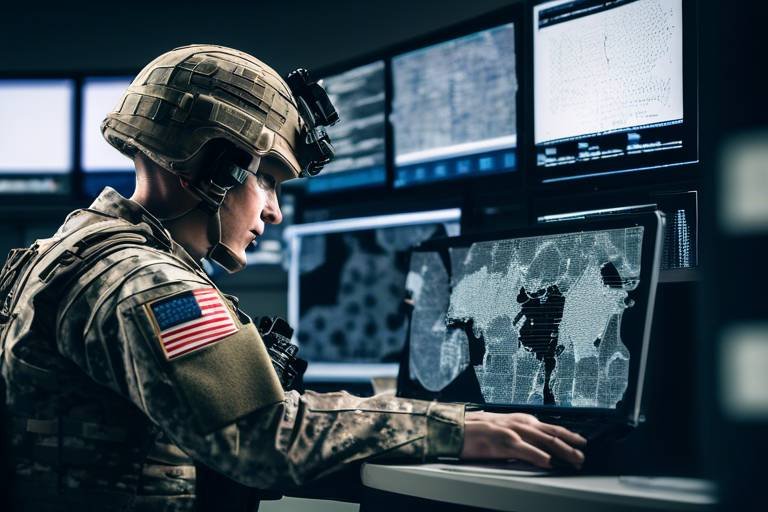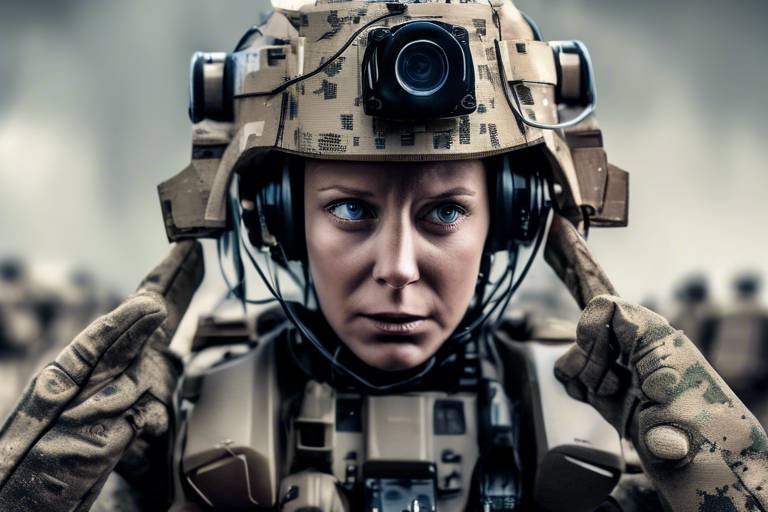How AI is Enhancing Military Emergency Response
In today's fast-paced world, the military's ability to respond to emergencies is more crucial than ever. With the increasing complexity of threats, traditional methods of crisis management are often inadequate. Enter artificial intelligence (AI), a game-changer that is revolutionizing the way military organizations handle emergencies. Imagine having a powerful ally that can process vast amounts of data in seconds, predict potential threats, and optimize resource allocation—all while ensuring the safety of personnel. This is not science fiction; this is the reality of AI in military emergency response.
AI is not just a tool; it’s a partner in decision-making. During critical situations, military leaders face the daunting task of making rapid choices that can mean the difference between success and failure. With AI, they can analyze real-time data from various sources—ranging from satellite imagery to ground sensors—allowing them to make informed decisions swiftly. Picture a commander in a war room, surrounded by screens displaying live feeds. With AI's analytical prowess, they can quickly assess the situation, identify the best course of action, and deploy resources effectively. This capability significantly enhances operational efficiency and improves outcomes in high-stakes scenarios.
Moreover, AI's role doesn’t stop at decision-making. It extends into the realm of predictive analytics, where it can forecast potential crises before they spiral out of control. By analyzing patterns and historical data, AI systems can identify emerging threats, giving military forces the foresight to prepare and mitigate risks proactively. For instance, if a natural disaster is predicted, AI can help strategize evacuation plans or allocate medical resources ahead of time, ensuring that the military is ready to act when the situation arises.
One of the most significant advantages of AI in military emergency response is its ability to enhance decision-making. By employing advanced risk assessment models, AI evaluates numerous factors that could impact military operations. This includes everything from terrain analysis to enemy movements. With this information, commanders can pinpoint vulnerabilities and allocate resources more effectively. For example, if AI identifies a particular area as high-risk due to enemy activity, commanders can prioritize troop deployment and logistical support to that location.
These AI-driven models rely on sophisticated algorithms that continuously learn from past incidents. The more data they process, the better they become at predicting outcomes. This is akin to having a seasoned strategist who learns from every battle fought, fine-tuning their approach with each experience. This continuous learning process allows military leaders to make more accurate assessments in future emergencies, ultimately enhancing their operational readiness.
To feed these intelligent systems, advanced data collection techniques are employed. Technologies such as drones, sensors, and satellite imagery gather real-time information, providing a comprehensive view of the battlefield. This influx of data not only enhances situational awareness but also allows military units to respond more effectively to evolving scenarios. Imagine a drone hovering over a disaster zone, relaying crucial information back to command centers—this is the power of modern technology at work.
At the heart of these advancements are machine learning algorithms, which are designed to improve their predictive capabilities over time. These algorithms analyze previous emergencies, learning what strategies worked and what didn’t. This iterative process ensures that military responses become increasingly refined, making it easier to tackle new challenges as they arise.
Another critical aspect where AI shines is in resource allocation optimization. By analyzing data on available assets, AI ensures that military units are not only equipped but also deployed efficiently during emergencies. This means that when a crisis occurs, the right resources are sent to the right place at the right time. For instance, if a medical emergency arises in a remote area, AI can quickly identify the nearest medical units and coordinate their deployment, saving precious time that could mean lives saved.
In addition to decision-making and resource allocation, AI significantly enhances communication systems within military organizations. Effective communication is vital during emergencies, and AI streamlines the flow of information, ensuring that all personnel are informed and coordinated. Imagine a scenario where multiple units need to collaborate during a crisis; AI facilitates real-time data sharing, allowing for seamless collaboration and improved response effectiveness.
Real-time data sharing is facilitated by AI technologies, which enable different military units to access and exchange crucial information instantaneously. This capability not only improves coordination but also enhances situational awareness across the board. When every unit is on the same page, the likelihood of successful outcomes during emergencies increases dramatically.
Lastly, AI introduces automated reporting tools that minimize the time spent on paperwork. Instead of getting bogged down by administrative tasks, military personnel can focus on operational duties during emergencies. These tools automatically generate reports based on real-time data, allowing commanders to maintain oversight without sacrificing valuable time.
- How does AI improve decision-making in military emergencies? AI analyzes vast amounts of real-time data, allowing military leaders to make informed decisions quickly.
- What role does predictive analytics play in crisis management? Predictive analytics helps forecast potential crises, enabling proactive preparations and risk mitigation.
- How does AI enhance communication within military organizations? AI streamlines information flow and facilitates real-time data sharing among units, improving coordination during emergencies.
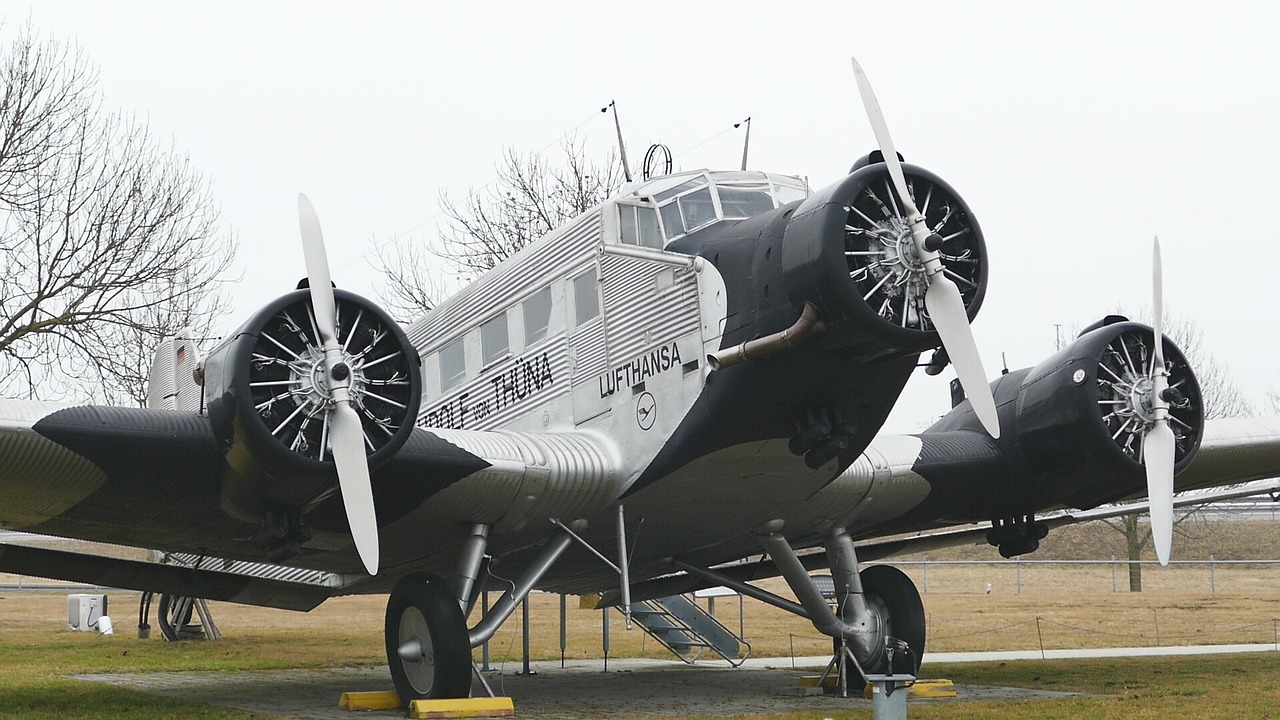
AI-Powered Decision Making
This article explores the transformative role of artificial intelligence in military emergency response, highlighting its impact on decision-making, operational efficiency, and the safety of personnel during critical situations.
In the fast-paced world of military operations, the ability to make rapid, data-driven decisions can mean the difference between success and failure. This is where artificial intelligence (AI) steps in, acting as a powerful ally for military leaders. Imagine a chaotic battlefield where information is flowing in from multiple sources—drones, satellite feeds, and ground troops. AI sifts through this ocean of data in real-time, identifying patterns and trends that human analysts might miss. It’s like having a super-intelligent assistant who never tires and can process information at lightning speed!
One of the most significant advantages of AI in decision-making is its ability to analyze vast amounts of information quickly. For instance, in an emergency situation, military leaders can rely on AI to provide insights based on historical data, current intelligence, and predictive analytics. This means they can anticipate enemy movements or potential threats before they materialize. The result? Improved response times and better outcomes. When every second counts, AI can be the difference between a successful operation and a catastrophic failure.
Moreover, AI enhances the decision-making process by providing visualizations and simulations that help commanders understand complex scenarios. By using advanced algorithms, AI can create models that simulate various outcomes based on different strategies. This allows military leaders to visualize the potential consequences of their decisions before they commit to a course of action. Think of it as a high-stakes game of chess, where AI helps you see several moves ahead, ensuring that you’re always one step ahead of the opponent.
To further illustrate the impact of AI on decision-making, consider the following table that outlines some of the key benefits:
| Benefit | Description |
|---|---|
| Speed | AI processes data in real-time, enabling quicker decision-making. |
| Accuracy | AI analyzes data patterns, reducing human error in critical decisions. |
| Predictive Insights | AI forecasts potential threats and suggests proactive measures. |
| Resource Optimization | AI helps allocate resources effectively based on situational needs. |
In summary, the integration of AI in military decision-making processes transforms how leaders respond to emergencies. By harnessing the power of AI, military organizations can enhance their operational efficiency, improve situational awareness, and ultimately, safeguard the lives of their personnel. As technology continues to evolve, we can expect AI to play an even more crucial role in shaping the future of military operations.
- How does AI improve decision-making in the military?
AI analyzes vast amounts of data quickly, providing insights that help military leaders make informed decisions during emergencies. - What are the key benefits of using AI in military operations?
Key benefits include speed, accuracy, predictive insights, and resource optimization. - Can AI predict future military threats?
Yes, AI utilizes predictive analytics to forecast potential crises and threats, allowing for proactive measures. - Is AI capable of learning from past military incidents?
Absolutely! Machine learning algorithms allow AI to continuously improve its predictive capabilities based on historical data.
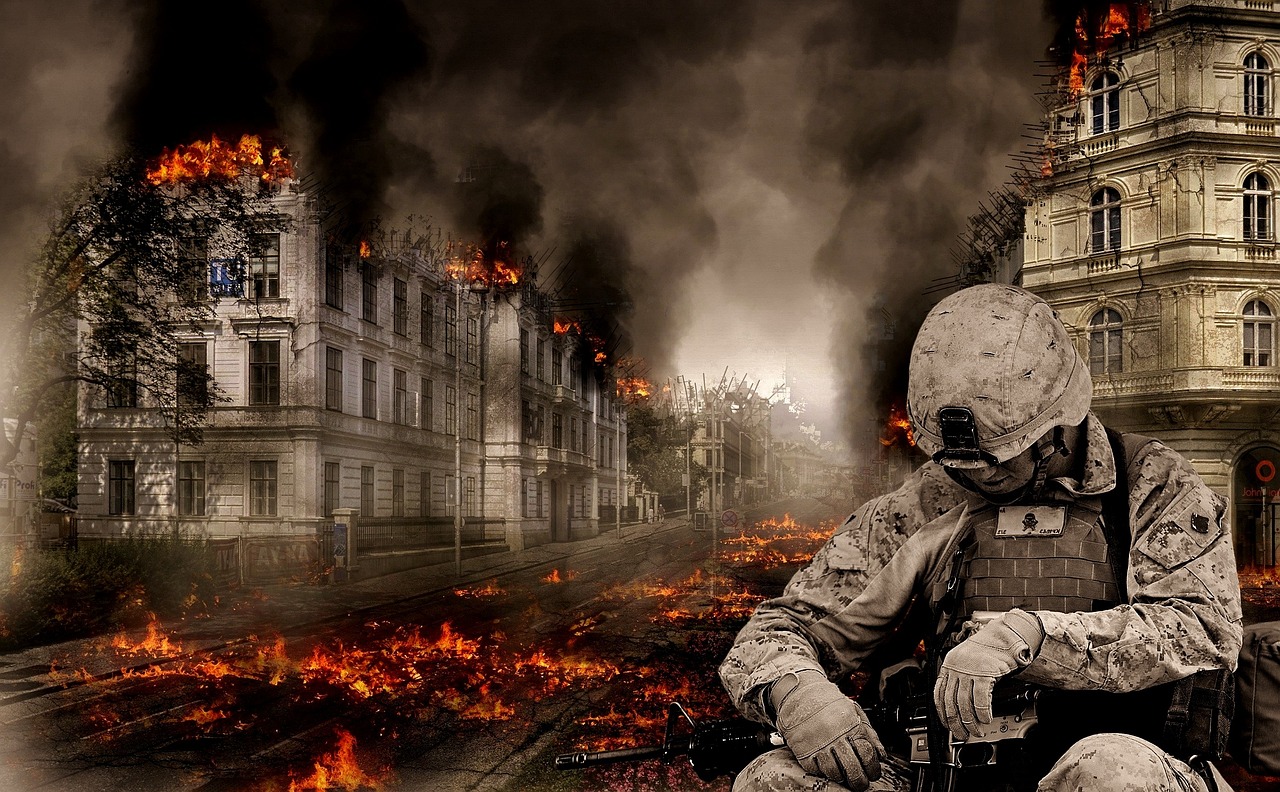
Predictive Analytics in Crisis Management
In the fast-paced world of military operations, predictive analytics has emerged as a game-changer in crisis management. Imagine having the ability to foresee potential threats before they become full-blown emergencies. This is precisely what AI-powered predictive analytics offers. By analyzing historical data, current trends, and various influencing factors, military leaders can gain invaluable insights that allow them to prepare for crises that may be lurking just around the corner.
One of the most significant advantages of predictive analytics is its capacity to identify patterns and trends that may not be immediately obvious to human analysts. For instance, AI can sift through mountains of data from past military operations, weather reports, and social media activity to detect anomalies that could signal an impending crisis. By leveraging this information, military strategists can make informed decisions, allocate resources more effectively, and deploy personnel in a manner that maximizes safety and efficiency.
Furthermore, the integration of AI-driven risk assessment models plays a crucial role in enhancing predictive analytics. These models evaluate a plethora of variables, including geographical data, troop movements, and even the psychological state of enemy forces. By assessing these factors, military leaders can pinpoint vulnerabilities in their operations and devise strategies to mitigate risks. For instance, if an area is identified as a potential hotspot for conflict, resources can be redirected to bolster defenses or conduct preemptive measures.
The heart of predictive analytics lies in its risk assessment models, which are designed to evaluate various factors affecting military operations. These models operate on the premise that understanding the landscape of potential threats is vital to effective crisis management. They utilize a combination of historical data, real-time information, and advanced algorithms to deliver actionable insights. By continually updating their assessments based on new data, these models can adapt to ever-changing circumstances, ensuring that military leaders are always one step ahead.
To fuel these sophisticated models, advanced data collection techniques are employed. Sensors, drones, and satellite imagery are just a few examples of the technologies that provide real-time information to AI systems. This influx of data enhances situational awareness, allowing military personnel to respond more effectively to emerging threats. For example, if a drone detects unusual troop movements in a specific region, AI can analyze this data and alert commanders to potential conflict, enabling them to react swiftly.
Another fascinating aspect of predictive analytics is the use of machine learning algorithms. These algorithms are designed to learn from past incidents, continuously improving their predictive capabilities over time. By processing vast amounts of data, they can identify correlations and trends that human analysts might overlook. For instance, if a particular type of weather condition has historically led to increased enemy activity, the algorithm can flag similar conditions in the future, prompting preemptive action.
Ultimately, the integration of predictive analytics into military crisis management not only enhances operational efficiency but also significantly improves the safety of personnel. By anticipating potential crises and preparing accordingly, military forces can navigate complex situations with greater confidence and effectiveness. The marriage of AI technology and military strategy is paving the way for a new era of defense, where foresight and preparedness reign supreme.
- What is predictive analytics? Predictive analytics involves using historical data and algorithms to forecast future events or trends, particularly in crisis management.
- How does AI improve military decision-making? AI analyzes vast amounts of data in real-time, providing military leaders with actionable insights that enhance decision-making during emergencies.
- What role do machine learning algorithms play? Machine learning algorithms learn from past incidents to improve their predictive capabilities, allowing for more accurate assessments in future situations.
- How is data collected for predictive analytics? Data is collected through various advanced techniques, such as sensors, drones, and satellite imagery, which feed real-time information into AI systems.
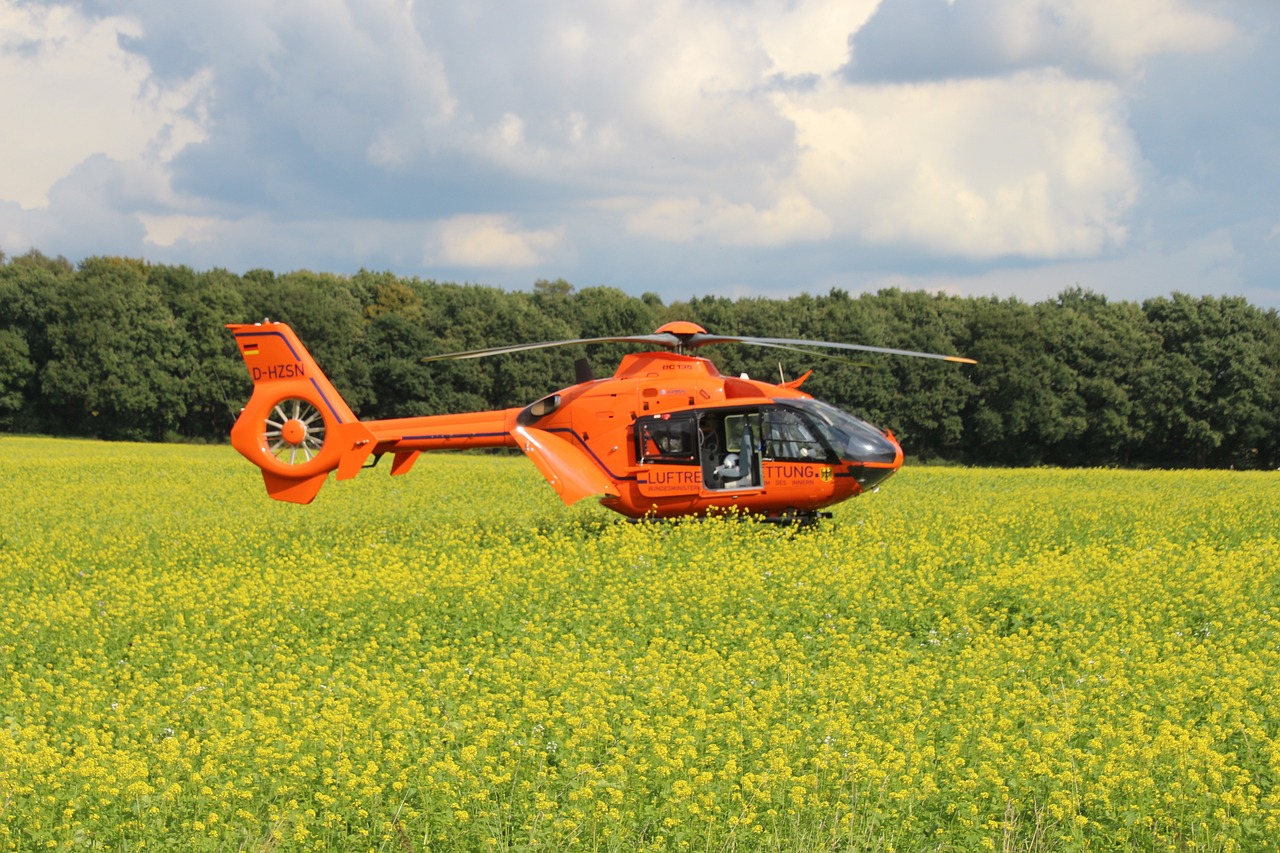
Risk Assessment Models
In the realm of military operations, the stakes are incredibly high, and understanding potential risks is crucial for effective decision-making. This is where AI-driven risk assessment models come into play. These sophisticated systems analyze a multitude of factors, from environmental conditions to enemy movements, to provide a comprehensive overview of potential threats. Imagine having a crystal ball that not only predicts the future but also offers actionable insights to navigate through perilous situations. That's precisely what these models aim to achieve.
One of the most significant advantages of AI risk assessment models is their ability to evaluate and quantify various risks. By integrating data from multiple sources, such as satellite imagery, historical incident reports, and real-time intelligence, these models generate a risk profile that helps military commanders identify vulnerabilities. For instance, if an area is prone to natural disasters like floods or earthquakes, the model can flag these risks, allowing for preemptive measures to be taken. This proactive approach can be the difference between chaos and control in a crisis.
Moreover, these models employ advanced algorithms to continuously learn from past incidents. As they process new data, they refine their predictive capabilities, becoming more accurate over time. This is akin to a seasoned chess player who learns from each game, adjusting strategies based on previous experiences. The result is a dynamic system that evolves with changing circumstances, providing military leaders with the most relevant and timely insights.
To illustrate the effectiveness of AI-driven risk assessment models, consider the following table:
| Risk Factor | Assessment Method | Impact Level |
|---|---|---|
| Weather Conditions | Real-time data analysis | High |
| Enemy Activity | Intelligence reports | Critical |
| Infrastructure Vulnerability | Historical data comparison | Medium |
| Supply Chain Disruptions | Predictive modeling | High |
This table highlights how different risk factors are assessed and their potential impact on military operations. By understanding these dynamics, commanders can allocate resources more effectively, ensuring that their teams are prepared for any eventuality. In essence, AI-driven risk assessment models not only enhance situational awareness but also empower military personnel to act decisively and efficiently when faced with crises.
- What are AI-driven risk assessment models? These are advanced systems that analyze various data sources to evaluate potential risks in military operations.
- How do these models improve decision-making? By providing real-time insights and predictive analytics, they help commanders make informed choices quickly.
- Can these models adapt to new data? Yes, they continuously learn from past incidents and new information, refining their assessments over time.
- What types of data do these models use? They utilize data from satellite imagery, intelligence reports, environmental conditions, and historical incident data.
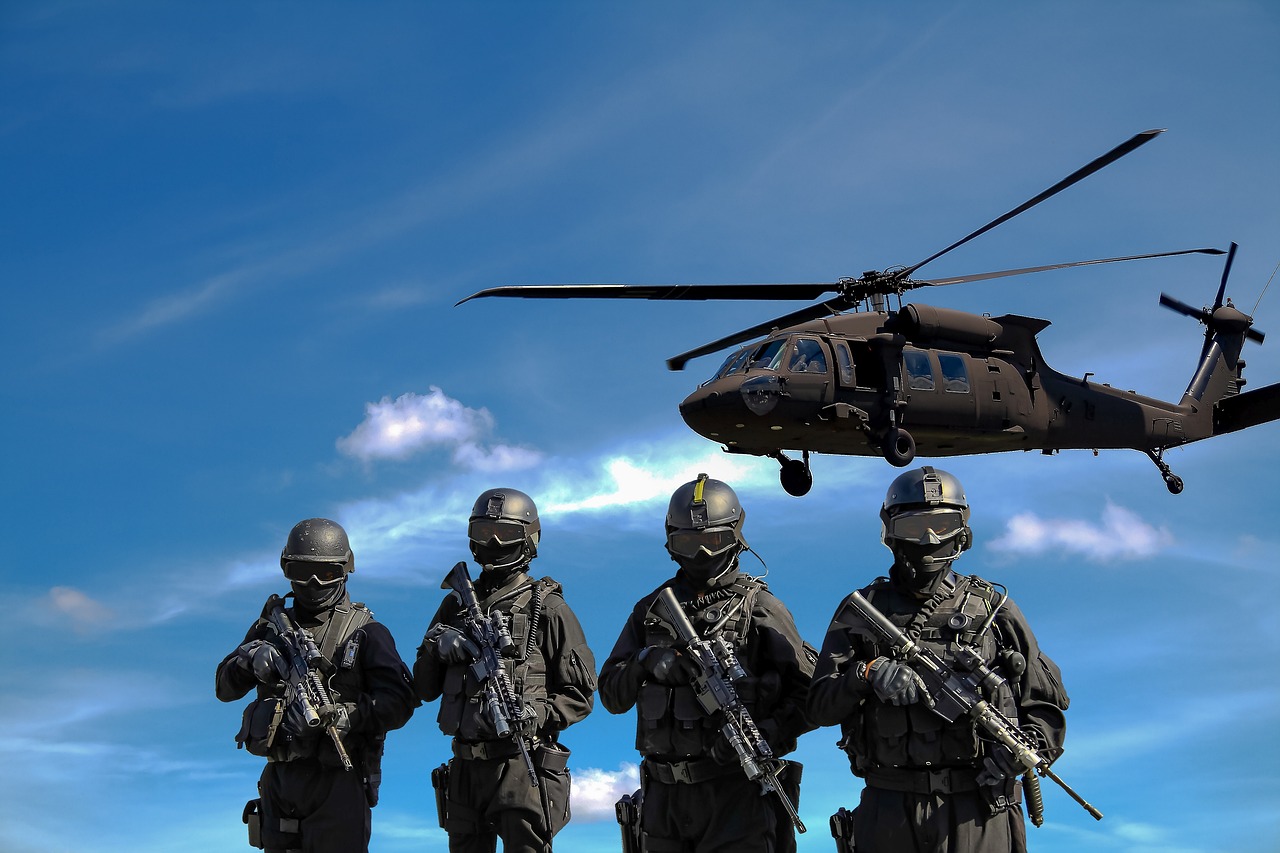
Data Collection Techniques
This article explores the transformative role of artificial intelligence in military emergency response, highlighting its impact on decision-making, operational efficiency, and the safety of personnel during critical situations.
Artificial intelligence assists military leaders in making rapid, data-driven decisions during emergencies, improving response times and outcomes by analyzing vast amounts of information in real-time.
Utilizing predictive analytics, AI can forecast potential crises and threats, enabling military forces to prepare and mitigate risks before they escalate into emergencies.
AI-driven risk assessment models evaluate various factors affecting military operations, helping commanders identify vulnerabilities and allocate resources more effectively during emergencies.
In the realm of military emergency response, serve as the backbone of effective decision-making. These techniques encompass a variety of methods that gather critical information from diverse sources, ensuring that military leaders have a comprehensive understanding of the situation at hand. For instance, advanced sensors deployed in the field can monitor environmental conditions, troop movements, and even potential threats in real-time. This data is invaluable, providing a live feed of information that can be analyzed and acted upon swiftly.
Another key component is satellite imagery, which offers a bird's-eye view of the operational landscape. By analyzing satellite data, military strategists can identify changes in terrain, assess the presence of enemy forces, and even predict potential challenges that may arise during an operation. The integration of these technologies allows for a more holistic approach to data collection, where information from various sources converges to create a unified operational picture.
To illustrate the effectiveness of these data collection techniques, consider the following table that outlines some common methods and their applications:
| Data Collection Technique | Application |
|---|---|
| Advanced Sensors | Monitoring troop movements and environmental conditions |
| Satellite Imagery | Assessing terrain and enemy positions |
| Drones | Conducting surveillance and reconnaissance missions |
| Social Media Analysis | Gathering intelligence on public sentiment and potential unrest |
Furthermore, the role of machine learning algorithms cannot be overstated. These algorithms analyze historical data to identify patterns and trends, enabling military personnel to anticipate future events based on past occurrences. For example, if a certain region has a history of natural disasters, AI can analyze weather patterns, troop placements, and logistical needs to prepare for similar emergencies. This predictive capability enhances not only the speed of response but also the overall effectiveness of military operations.
AI optimizes resource allocation by analyzing data on available assets, ensuring that military units are equipped and deployed efficiently during emergency situations.
AI enhances communication systems within military organizations, streamlining information flow and ensuring that all personnel are informed and coordinated during emergencies.
Real-time data sharing facilitated by AI technologies enables seamless collaboration among military units, improving overall response effectiveness in critical situations.
Automated reporting tools powered by AI reduce the time spent on paperwork, allowing military personnel to focus on operational tasks during emergencies.
- How does AI improve military decision-making?
AI analyzes vast amounts of data in real-time, providing military leaders with actionable insights that enhance their decision-making capabilities during emergencies. - What are the benefits of using predictive analytics in crisis management?
Predictive analytics allows military forces to anticipate potential crises, enabling them to prepare and mitigate risks before they escalate into emergencies. - How do data collection techniques impact military operations?
Advanced data collection techniques provide critical information that enhances situational awareness, allowing for more informed and timely responses during military operations.
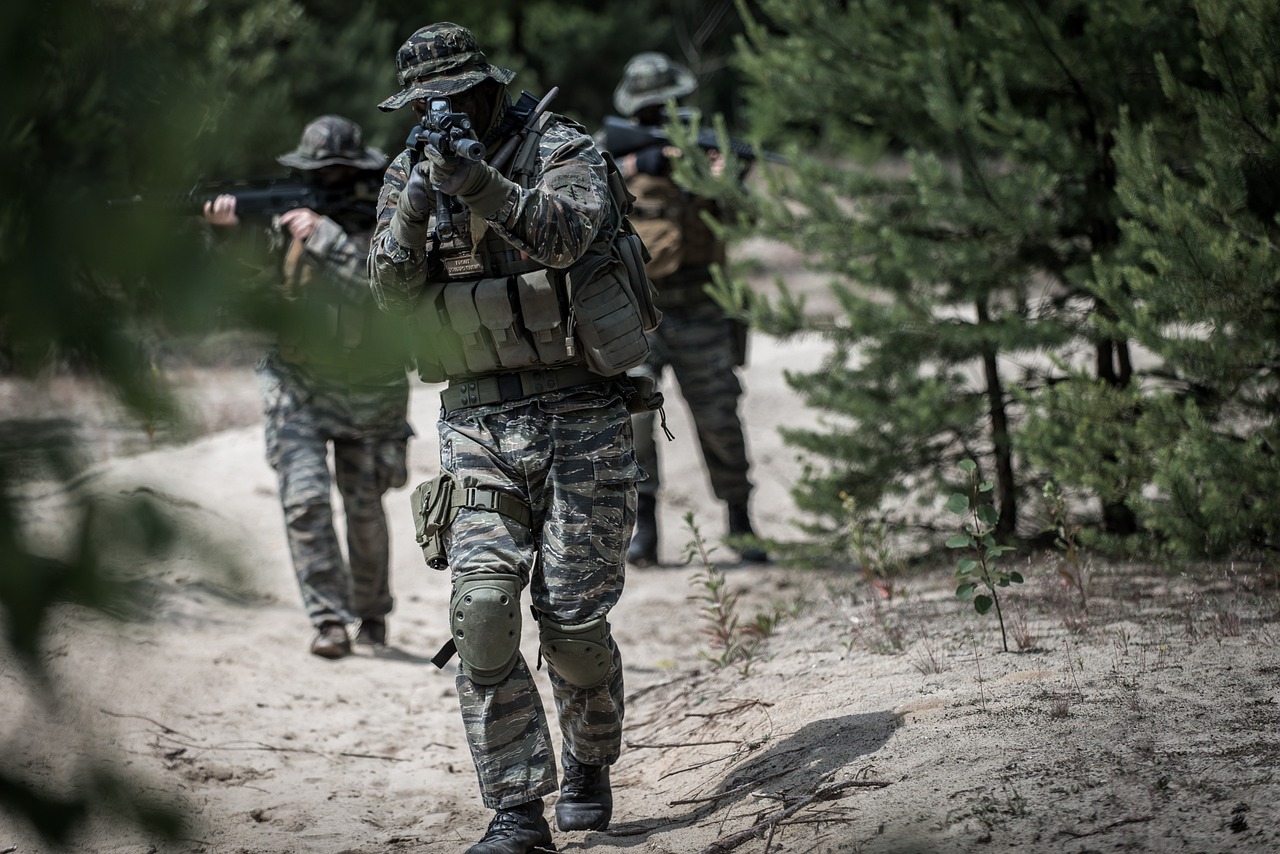
Machine Learning Algorithms
This article explores the transformative role of artificial intelligence in military emergency response, highlighting its impact on decision-making, operational efficiency, and the safety of personnel during critical situations.
Artificial intelligence assists military leaders in making rapid, data-driven decisions during emergencies, improving response times and outcomes by analyzing vast amounts of information in real-time.
Utilizing predictive analytics, AI can forecast potential crises and threats, enabling military forces to prepare and mitigate risks before they escalate into emergencies.
AI-driven risk assessment models evaluate various factors affecting military operations, helping commanders identify vulnerabilities and allocate resources more effectively during emergencies.
Advanced data collection techniques, such as sensors and satellite imagery, feed real-time information into AI systems, enhancing situational awareness during military responses.
Machine learning algorithms are at the heart of AI's ability to transform military emergency responses. These algorithms are designed to learn from historical data and improve their predictions over time. Imagine a soldier training for a mission; the more they practice, the better they become. Similarly, machine learning algorithms analyze past incidents of military emergencies to identify patterns and trends that can be crucial for future operations.
One of the most impressive aspects of these algorithms is their ability to adapt. For instance, if a specific type of emergency, like a natural disaster or coordinated attack, occurs frequently, the algorithm can adjust its parameters to focus on the most relevant data points. This means that when a new crisis arises, military leaders can rely on these algorithms to provide insights that are not only timely but also contextually relevant.
Furthermore, machine learning algorithms utilize various techniques, such as supervised learning, where the algorithm is trained on labeled data, and unsupervised learning, where it identifies patterns without prior labels. This dual approach allows military organizations to harness a wealth of data, identifying potential threats and operational efficiencies that might otherwise go unnoticed.
In practice, these algorithms can process data from numerous sources, including social media, satellite feeds, and on-ground reports, to create a comprehensive picture of a situation. For example, during a humanitarian crisis, machine learning can help determine the most affected areas by analyzing social media posts and satellite imagery, enabling quicker and more effective responses.
Ultimately, the integration of machine learning algorithms into military emergency response not only enhances decision-making but also contributes to the safety of personnel involved in high-stakes situations. As these algorithms continue to evolve, they hold the potential to revolutionize how military forces prepare for and respond to emergencies.
AI optimizes resource allocation by analyzing data on available assets, ensuring that military units are equipped and deployed efficiently during emergency situations.
AI enhances communication systems within military organizations, streamlining information flow and ensuring that all personnel are informed and coordinated during emergencies.
Real-time data sharing facilitated by AI technologies enables seamless collaboration among military units, improving overall response effectiveness in critical situations.
Automated reporting tools powered by AI reduce the time spent on paperwork, allowing military personnel to focus on operational tasks during emergencies.
- What role does AI play in military decision-making?
AI assists military leaders by providing rapid, data-driven insights that improve response times during emergencies. - How does predictive analytics help in crisis management?
Predictive analytics forecasts potential crises, enabling military forces to prepare and mitigate risks effectively. - What are machine learning algorithms?
These are AI systems that learn from historical data to improve predictions and responses in future emergencies. - How does AI enhance communication in military operations?
AI streamlines communication by facilitating real-time data sharing among units, ensuring coordination during crises.
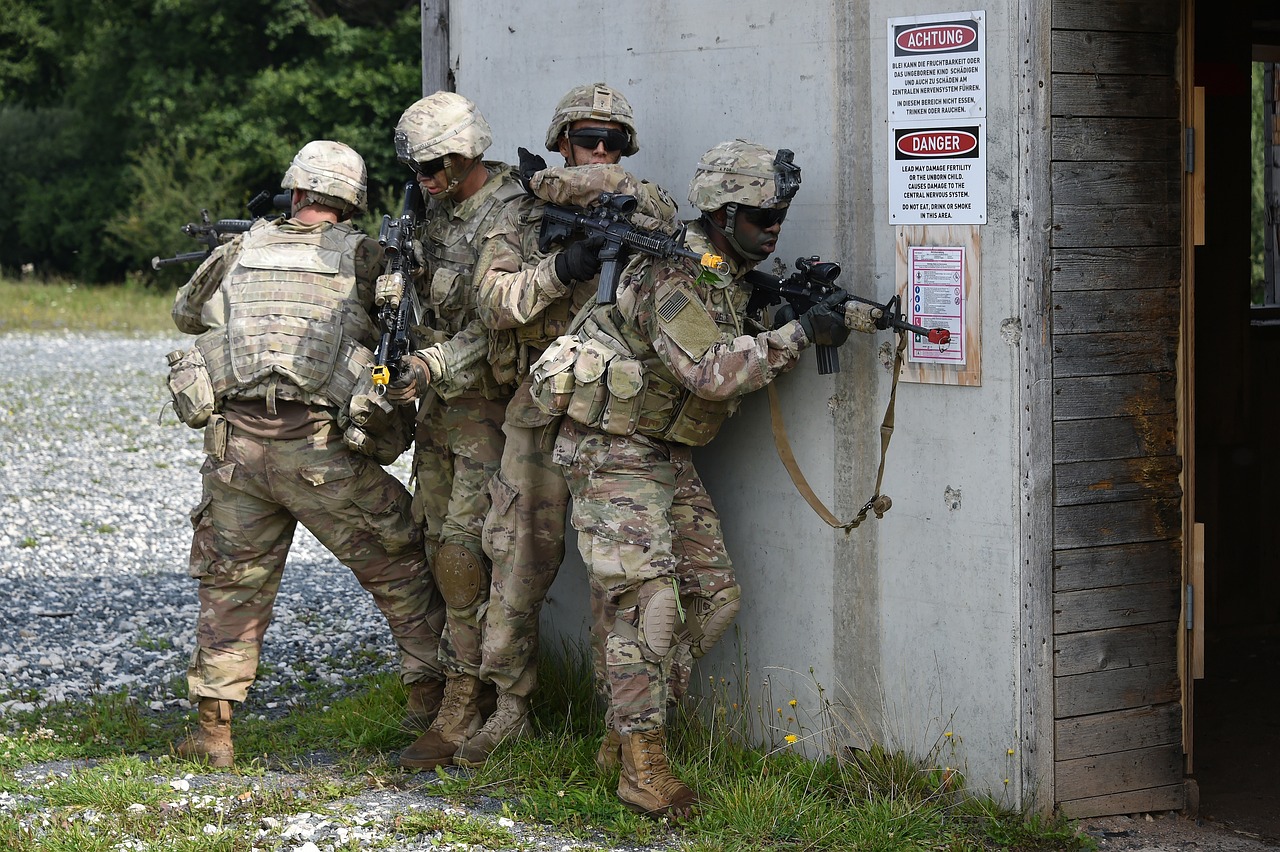
Resource Allocation Optimization
Resource allocation optimization is a critical component of military emergency response, especially in high-stakes situations where every second counts. Imagine a scenario where a natural disaster strikes, and military units must respond swiftly to provide aid and restore order. In such cases, AI plays a pivotal role in ensuring that resources are allocated efficiently and effectively. By analyzing real-time data on available assets, troop movements, and logistical needs, AI systems can recommend the most strategic deployment of resources.
One of the most significant advantages of using AI in resource allocation is its ability to process vast amounts of information quickly. Traditional methods often rely on human judgment, which can be slow and prone to error, particularly under pressure. In contrast, AI algorithms can evaluate multiple variables simultaneously, such as:
- Current location of assets
- Urgency of the situation
- Historical data on similar emergencies
- Weather conditions
- Personnel availability
This comprehensive analysis allows military leaders to make informed decisions that prioritize the most critical needs. For instance, if a flood occurs in a remote area, AI can identify which units are closest and best equipped to handle the situation, ensuring that help arrives promptly. Moreover, AI can simulate various scenarios to predict outcomes based on different resource allocation strategies, enabling commanders to choose the best course of action.
Furthermore, AI's predictive capabilities extend beyond immediate needs. By analyzing trends and patterns in past emergencies, AI can assist in developing long-term resource allocation strategies. This foresight is invaluable for military organizations as they prepare for future crises. For example, if data indicates that certain regions are more prone to wildfires, military planners can allocate more firefighting resources to those areas in advance, enhancing readiness and response times.
In addition to optimizing resource allocation, AI can also help track the utilization of resources in real-time. This tracking ensures that no asset is underutilized or wasted, maximizing the efficiency of military operations. By providing a clear overview of where resources are deployed and how effectively they are being used, AI supports continuous improvement in military logistics.
In summary, the integration of AI into resource allocation processes revolutionizes how military organizations respond to emergencies. It enhances decision-making, improves operational efficiency, and ultimately saves lives. As technology continues to evolve, the potential for AI to further refine resource allocation in military contexts is promising, paving the way for a more responsive and agile military force.
- How does AI improve resource allocation in military emergencies?
AI analyzes real-time data to recommend the most effective deployment of resources, ensuring timely and efficient responses. - What types of data does AI use for resource allocation?
AI utilizes data on asset locations, urgency of needs, historical emergencies, weather conditions, and personnel availability. - Can AI predict future resource needs?
Yes, AI can analyze trends from past incidents to help military organizations prepare for future emergencies. - Is AI more reliable than human decision-making?
While human judgment is invaluable, AI provides data-driven insights that can enhance decision-making, particularly in high-pressure situations.
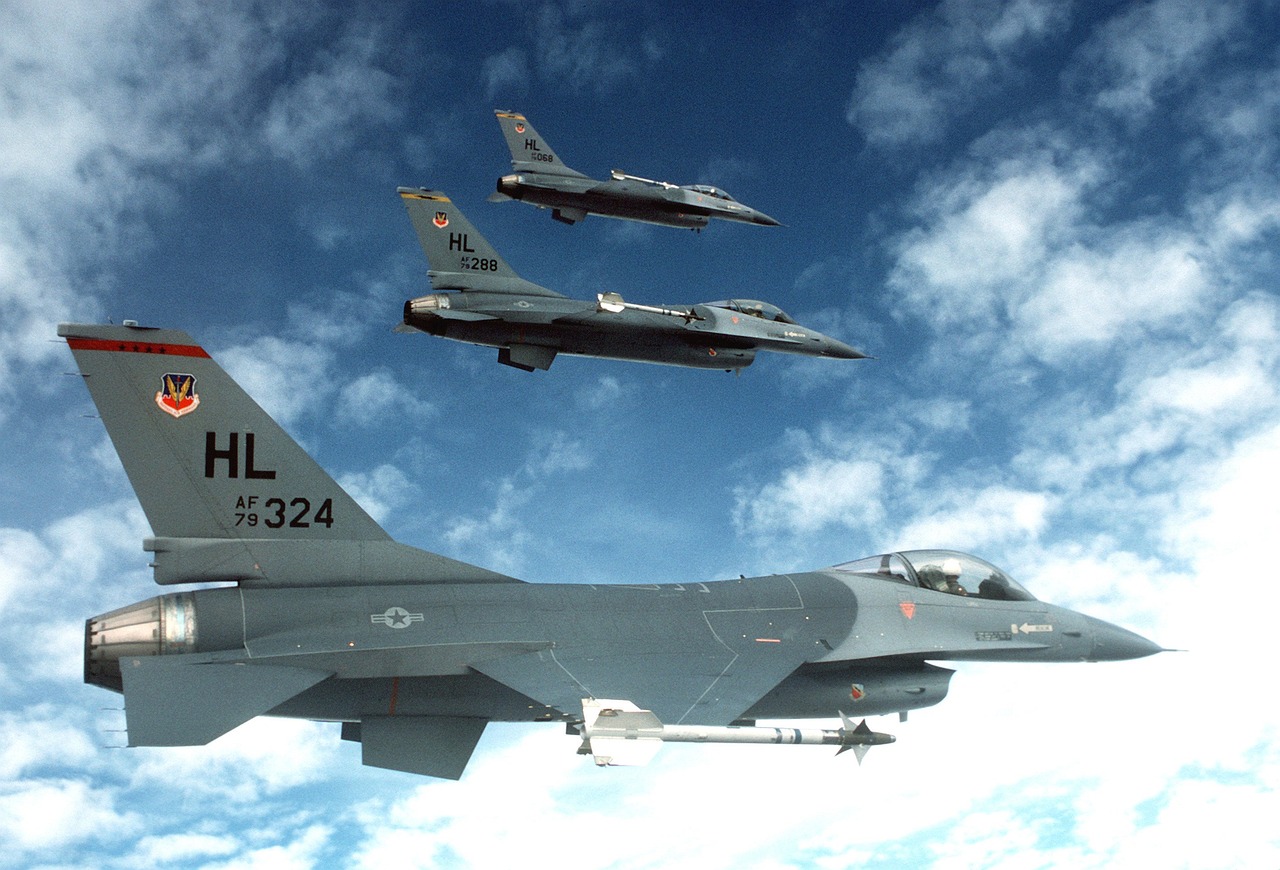
Enhanced Communication Systems
In the fast-paced world of military operations, communication is the backbone that supports every mission. When emergencies strike, the need for clear, concise, and reliable communication becomes even more critical. This is where artificial intelligence steps in, revolutionizing how military forces communicate during crises. Imagine the chaos of a battlefield where every second counts; AI enhances communication systems to ensure that information flows seamlessly, allowing personnel to make informed decisions in real-time.
One of the key advantages of AI in military communication is its ability to process and disseminate information rapidly. Traditional communication methods can be slow and prone to errors, especially under pressure. However, AI-driven systems can analyze incoming data from various sources—such as satellite imagery, reconnaissance reports, and sensor data—and present it in a digestible format to commanders and troops on the ground. This real-time data sharing not only improves situational awareness but also enhances coordination among different units, making it easier to execute complex operations during emergencies.
Moreover, AI enhances communication through advanced algorithms that prioritize messages based on urgency and relevance. For instance, during a crisis, AI can automatically filter out non-essential communications, ensuring that critical information reaches the right personnel without delay. This feature is particularly valuable in high-stakes scenarios where every second matters, and miscommunication could lead to catastrophic outcomes. The result is a streamlined communication process that empowers military leaders to act decisively.
Furthermore, automated reporting tools powered by AI are transforming the way military personnel handle paperwork. In the heat of an emergency, the last thing soldiers need is to be bogged down by tedious administrative tasks. AI can automate the generation of reports, logging vital information and actions taken during a crisis. This not only saves time but also ensures that accurate records are maintained for future analysis. Imagine a soldier being able to focus entirely on their mission instead of worrying about filling out forms—this is the reality AI is creating.
To illustrate the impact of AI on communication systems in military operations, consider the following table:
| Feature | Traditional Communication | AI-Enhanced Communication |
|---|---|---|
| Data Processing Speed | Slow | Real-time |
| Error Rate | Higher | Lower |
| Message Prioritization | Manual | Automated |
| Administrative Burden | High | Minimal |
In conclusion, the integration of AI into military communication systems is not just a technological upgrade; it’s a game-changer. By enhancing communication capabilities, AI ensures that military personnel are well-informed, coordinated, and ready to respond effectively during emergencies. This evolution is paving the way for a more efficient and responsive military, capable of facing the challenges of modern warfare head-on.
- How does AI improve communication in military operations?
AI improves communication by processing data rapidly, automating reporting tasks, and prioritizing messages based on urgency, which enhances situational awareness and decision-making. - What are the benefits of real-time data sharing?
Real-time data sharing allows for seamless collaboration among military units, ensuring that all personnel are informed and can coordinate their actions effectively during emergencies. - Can AI reduce errors in military communication?
Yes, AI significantly reduces errors by automating processes and ensuring that critical information is delivered accurately and promptly, minimizing the chances of miscommunication.

Real-Time Data Sharing
In the fast-paced world of military operations, is not just a luxury; it’s a necessity. Imagine a scenario where military units are scattered across vast terrains, each facing unique challenges. How can they effectively coordinate their efforts? This is where AI steps in, acting as a bridge that connects various units, ensuring that information flows seamlessly. With the ability to aggregate data from multiple sources—such as drones, satellites, and ground sensors—AI provides a comprehensive picture of the battlefield, allowing commanders to make informed decisions swiftly.
One of the standout features of AI-enhanced real-time data sharing is its ability to process and analyze information almost instantaneously. For instance, during a crisis, AI systems can compile data regarding troop movements, enemy positions, and environmental conditions, presenting it in a user-friendly format. This capability not only saves time but also reduces the likelihood of human error, which can be critical in high-stakes situations.
Moreover, the integration of AI in communication systems allows for real-time updates to be disseminated across all levels of command. Whether it’s a field commander receiving crucial intel or a logistics officer being informed about supply needs, the immediacy of information exchange can significantly enhance operational efficiency. For example, an AI system can automatically alert units about changes in mission parameters or emerging threats, ensuring that everyone is on the same page.
To illustrate the importance of real-time data sharing, consider the following key benefits:
- Improved Coordination: With real-time data, units can synchronize their movements and strategies, leading to more cohesive operations.
- Enhanced Situational Awareness: Commanders gain a clearer understanding of the battlefield, allowing them to anticipate enemy actions and respond proactively.
- Faster Response Times: The ability to access and share critical information quickly can mean the difference between success and failure in military engagements.
In conclusion, the role of AI in facilitating real-time data sharing cannot be overstated. By harnessing advanced technologies, military organizations can enhance their operational capabilities, ensuring that they are better prepared to face any challenge that arises. As we move forward, the integration of AI into military communication systems will likely continue to evolve, paving the way for even more sophisticated and effective emergency response strategies.
- How does AI improve decision-making in military emergencies?
AI analyzes vast amounts of data in real-time, allowing military leaders to make informed decisions quickly. - What are the benefits of predictive analytics in crisis management?
Predictive analytics helps forecast potential crises, enabling proactive measures to mitigate risks before they escalate. - How does real-time data sharing enhance military operations?
It improves coordination, situational awareness, and response times, ensuring all units are informed and aligned.
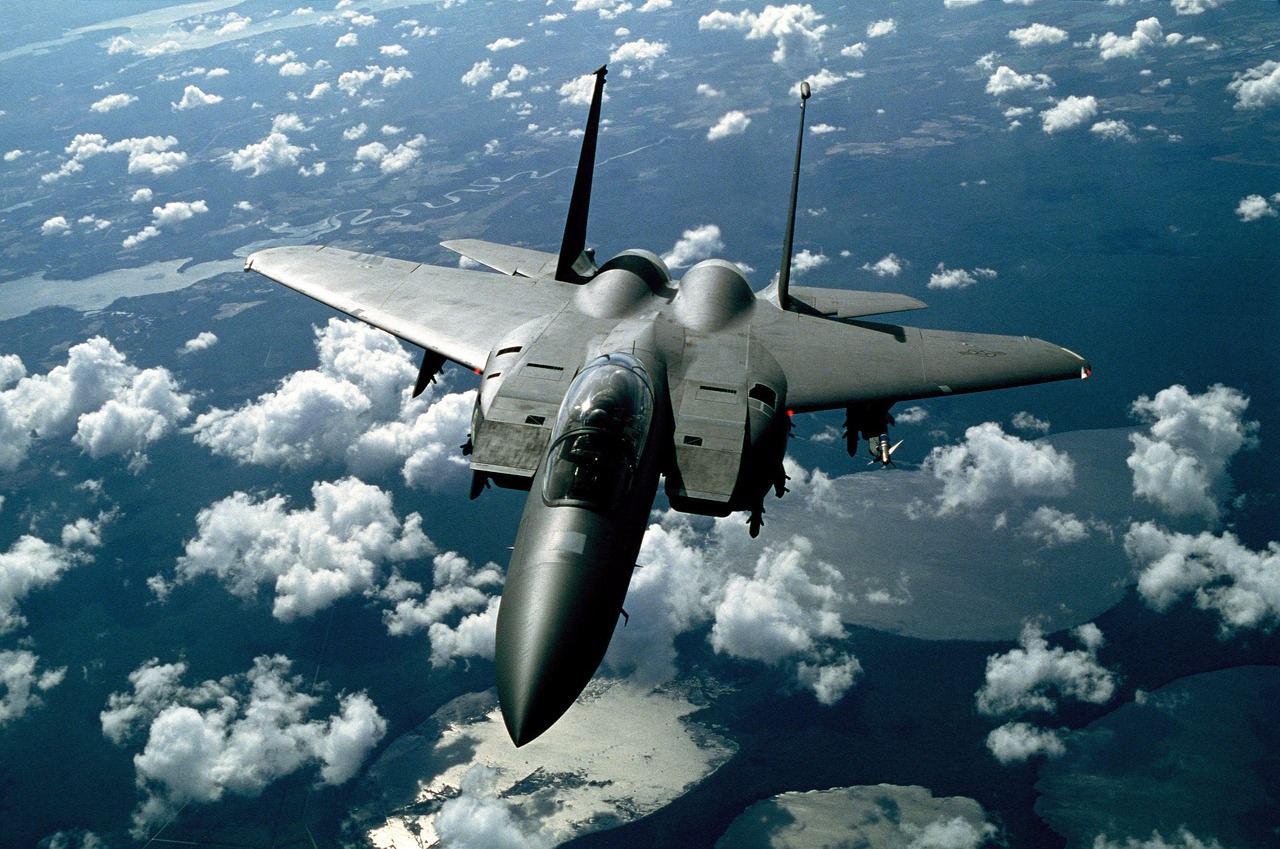
Automated Reporting Tools
In the fast-paced world of military operations, time is of the essence. When emergencies strike, every second counts, and that's where come into play. These innovative tools are designed to streamline the reporting process, drastically reducing the time spent on paperwork and allowing military personnel to focus on what truly matters: the mission at hand.
Imagine a scenario where a unit is deployed to respond to a natural disaster. The chaos of the situation can lead to a backlog of reports and a flood of information that needs to be processed. Automated reporting tools step in like a well-oiled machine, automatically gathering data from various sources and generating comprehensive reports in real-time. This not only enhances the speed of information dissemination but also ensures that the data is accurate and reliable.
One of the standout features of these tools is their ability to integrate with existing systems. By pulling data from various platforms—such as communication channels, operational databases, and even social media—automated reporting tools create a cohesive picture of the situation. This integration is crucial during emergencies, as it allows commanders to make informed decisions based on the most up-to-date information available.
Furthermore, automated reporting tools often come equipped with analytics capabilities. This means they can not only compile reports but also analyze trends and patterns from past incidents. For example, if a certain type of emergency has occurred multiple times in a specific area, the tool can highlight this trend, prompting military leaders to allocate resources preemptively. This proactive approach can significantly enhance the effectiveness of military responses.
To illustrate the impact of automated reporting tools, consider the following table that compares traditional reporting methods with automated systems:
| Aspect | Traditional Reporting | Automated Reporting |
|---|---|---|
| Time to Generate Reports | Hours | Minutes |
| Data Accuracy | Variable | High |
| Integration with Other Systems | Poor | Seamless |
| Focus on Operational Tasks | Limited | Enhanced |
As we can see, the advantages of automated reporting tools are clear. They not only save time but also improve the quality of information that military leaders rely on during critical situations. By minimizing manual input and reducing human error, these tools empower personnel to concentrate on executing their missions effectively.
In conclusion, automated reporting tools are revolutionizing the way military operations handle emergencies. They bring a level of efficiency and accuracy that was previously unattainable, ensuring that military forces are always ready to respond when it matters most. The future of military emergency response is undoubtedly intertwined with the continued evolution of these advanced technological solutions.
- What are automated reporting tools?
Automated reporting tools are software solutions that streamline the process of gathering and generating reports, reducing the time spent on paperwork and improving data accuracy. - How do these tools enhance military operations?
They enhance military operations by providing real-time data, improving communication, and allowing personnel to focus on operational tasks rather than administrative duties. - Can automated reporting tools integrate with existing military systems?
Yes, most automated reporting tools are designed to seamlessly integrate with various existing military systems, ensuring a cohesive flow of information. - What benefits do automated reporting tools provide during emergencies?
They provide faster report generation, improved data accuracy, enhanced situational awareness, and allow for better resource allocation during critical situations.
Frequently Asked Questions
- What role does AI play in military emergency response?
AI plays a crucial role by assisting military leaders in making rapid, data-driven decisions during emergencies. It analyzes vast amounts of information in real-time, significantly improving response times and outcomes.
- How does predictive analytics help in crisis management?
Predictive analytics enables military forces to forecast potential crises and threats. This foresight allows them to prepare and mitigate risks before they escalate into emergencies, enhancing overall safety and operational readiness.
- What are risk assessment models in military operations?
AI-driven risk assessment models evaluate various factors affecting military operations. By identifying vulnerabilities, these models help commanders allocate resources more effectively during emergencies, ensuring optimal response strategies.
- How does data collection enhance situational awareness?
Advanced data collection techniques, such as sensors and satellite imagery, provide real-time information to AI systems. This influx of data enhances situational awareness, allowing military personnel to respond more effectively to evolving scenarios.
- What is the significance of machine learning in military AI?
Machine learning algorithms continuously improve their predictive capabilities by learning from past incidents. This ability to adapt and refine assessments leads to more accurate predictions and better preparedness for future emergencies.
- How does AI optimize resource allocation in emergencies?
AI optimizes resource allocation by analyzing data on available assets. This ensures that military units are equipped and deployed efficiently, maximizing their effectiveness during emergency situations.
- In what ways does AI enhance communication systems?
AI enhances communication systems by streamlining information flow within military organizations. This ensures that all personnel are informed and coordinated, which is vital during emergencies.
- What are the benefits of real-time data sharing?
Real-time data sharing facilitated by AI technologies enables seamless collaboration among military units. This improves overall response effectiveness in critical situations, allowing for quicker and more coordinated actions.
- How do automated reporting tools assist military personnel?
Automated reporting tools powered by AI reduce the time spent on paperwork. This allows military personnel to focus on operational tasks during emergencies, enhancing efficiency and response capabilities.






